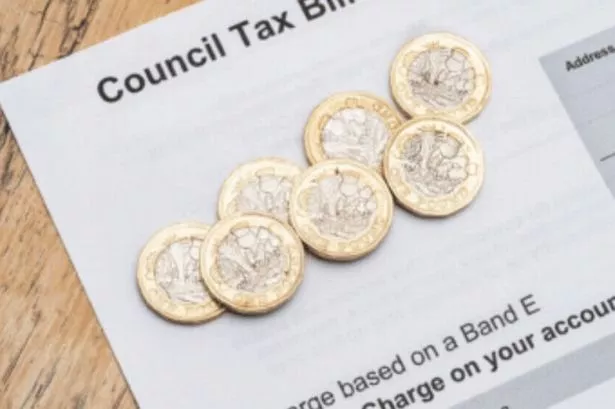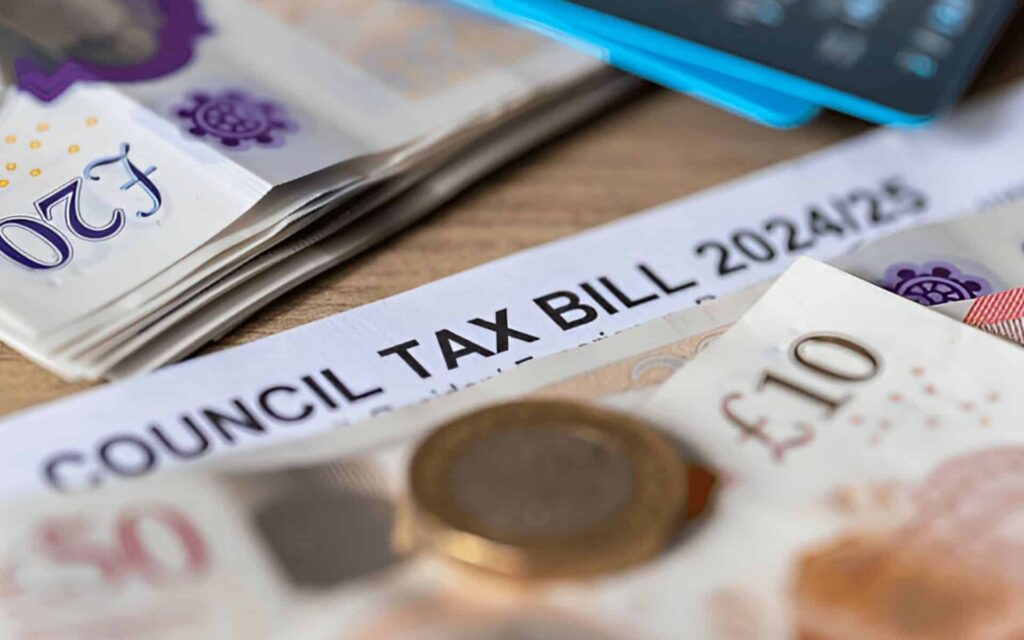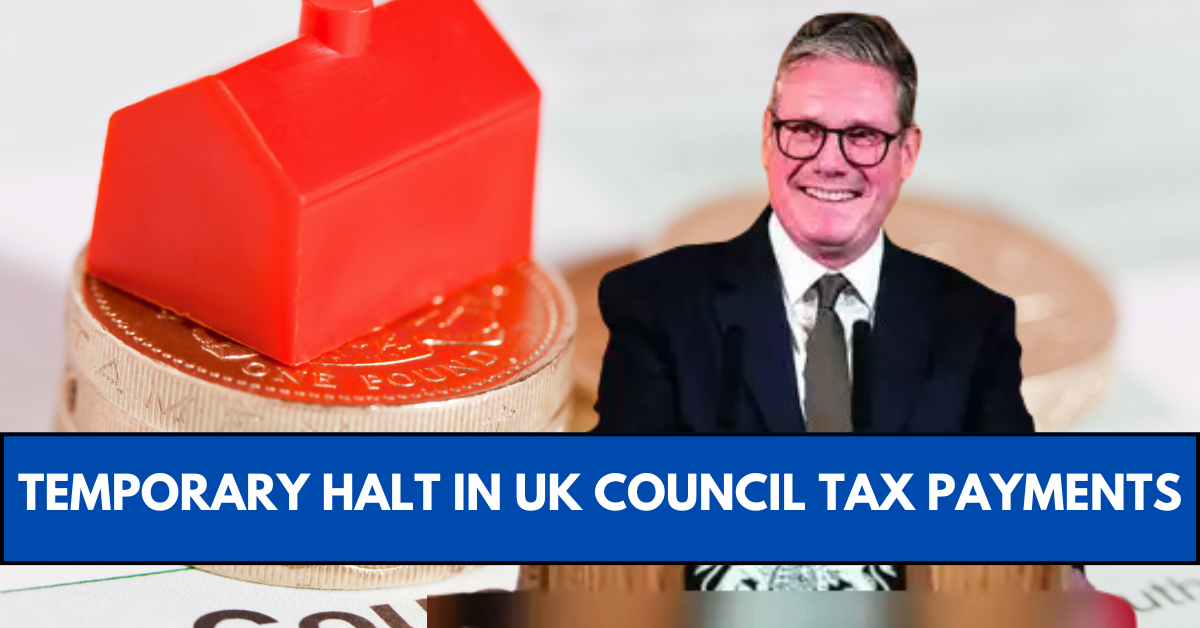In the UK, many residents experience a temporary halt in their council tax payments each year due to the way their bills are structured. Most households prefer to pay their council tax over ten months instead of twelve, leading to a two-month break in payments.
This arrangement can significantly ease the financial burden for many, especially in the months of February and March when no payments are required. However, not everyone is aware of this system and how it can impact their finances.
In this article, we’ll explore how the council tax payment cycle works, who benefits from the two-month break, and how council tax is calculated.
How the Council Tax Payment Cycle Works
Council tax payments are generally divided into monthly installments. Local councils in the UK typically set up a system where taxpayers have the option to pay their bills either over ten or twelve months. Those who choose the ten-month option can enjoy a break from payments in February and March, which can provide much-needed financial relief.
However, if you’ve opted for the twelve-month plan, you will continue to make payments throughout the year, meaning you won’t have this two-month break. The key to benefiting from the temporary halt is selecting the ten-month payment option when you first set up your council tax payments.

Who Benefits from the Two-Month Break?
Not all households will experience this break in council tax payments. To be eligible, there are a few key factors that determine if you will have February and March free of payments:
- Payment Option: You must have chosen the ten-month installment plan, which is more common. If you are on the twelve-month cycle, payments will continue year-round, but they will be spread out across twelve months instead of ten.
- Direct Debit: Households that set up direct debits may see their payment structure reflect the ten-month cycle, leading to a two-month break in payments.
- Billing Arrangement: Each local authority may have slightly different billing arrangements, so it’s important to review your previous council tax statements or bank transactions to confirm if you’re benefiting from this system.
Understanding the Calculation of Council Tax
Council tax is calculated based on several factors. These include the value of your property, the number of adults living in the household, and any applicable discounts or exemptions. To determine the right amount of council tax for your property, local councils take into account:
- Valuation Band: Each property is assigned a valuation band based on its estimated value in 1991. This band helps determine how much you will pay. Homes in higher bands generally pay more, while homes in lower bands pay less.
- Number of Adults: The council tax bill is typically calculated for properties with two or more adults. If only one adult is living in the household, a 25% discount can be applied. Households with no adults may be exempt from council tax altogether.
- Discounts or Reductions: If you’re a full-time student or provide unpaid care for someone, you may be eligible for additional discounts or exemptions. Low-income households can also qualify for a reduction based on their income level.
Eligibility for Council Tax Reductions and Exemptions
While not everyone can get a full exemption from council tax, there are several ways to reduce the amount you pay, especially if you fall into one of the following categories:
- Single-Person Households: If you live alone, you’re eligible for a 25% discount on your council tax bill. This can significantly lower the amount you owe each month.
- Students and Apprentices: Full-time students and apprentices don’t need to pay council tax. If your household includes someone who is a full-time student, you may be able to claim this exemption.
- Low-Income Households: If you receive certain benefits or have a low income, you might qualify for council tax reductions. This is especially helpful for individuals or families who are struggling financially.
- Health Conditions: Residents who suffer from certain health conditions, such as dementia or severe cognitive impairments, may be eligible for a full exemption.
To apply for these reductions or exemptions, you’ll need to submit an application to your local council. This may involve providing supporting documents, such as proof of income, student status, or medical records.

How Your Council Tax Band Could Change
Sometimes, changes to your property or circumstances could lead to a reassessment of your council tax band. A reassessment may either increase or decrease the amount of council tax you owe. Some common situations that could trigger a reassessment include:
- Property Modifications: If you combine two flats into one home or divide a house into separate flats, your council tax band may change.
- Property Damage: If you demolish part of your property, this could also result in a reassessment of your council tax band.
- Community Changes: Significant changes in the local area, such as new roads or infrastructure, could affect the value of your property and thus your council tax band.
If you believe that your property has been wrongly assigned to a certain band, you have the option to request a reassessment. However, this could also lead to an increase in your council tax if the reassessment places your property in a higher band.
Conclusion
In summary, many UK residents can benefit from a two-month break in council tax payments each year, depending on their billing cycle. The key is understanding whether you’re on a ten-month or twelve-month payment plan.
Additionally, there are various discounts and exemptions available for certain groups, such as single-person households, students, and low-income families.
Always check with your local council to ensure you’re taking advantage of the support available to you, and don’t forget to review your council tax band, as changes to your property could lead to a reassessment.
This article has been carefully fact-checked by our editorial team to ensure accuracy and eliminate any misleading information. We are committed to maintaining the highest standards of integrity in our content.

Filza specializes in simplifying financial topics for everyday readers. Whether breaking down Canada’s tax guides or U.S. benefits like SNAP and VA Disability, Filza’s relatable writing style ensures readers feel confident and informed. Follow her insights on LinkedIn or reach out via email at [email protected].




